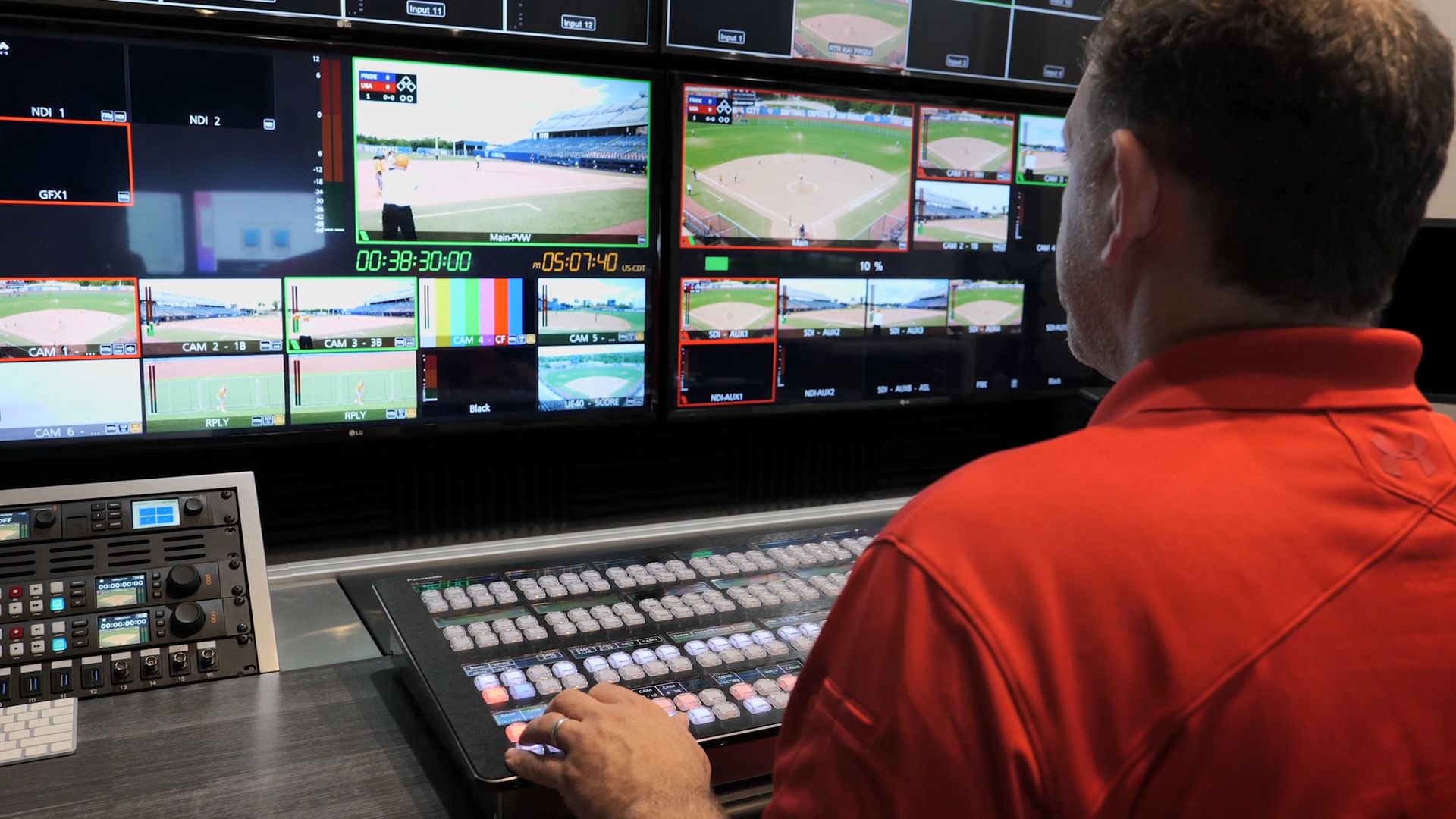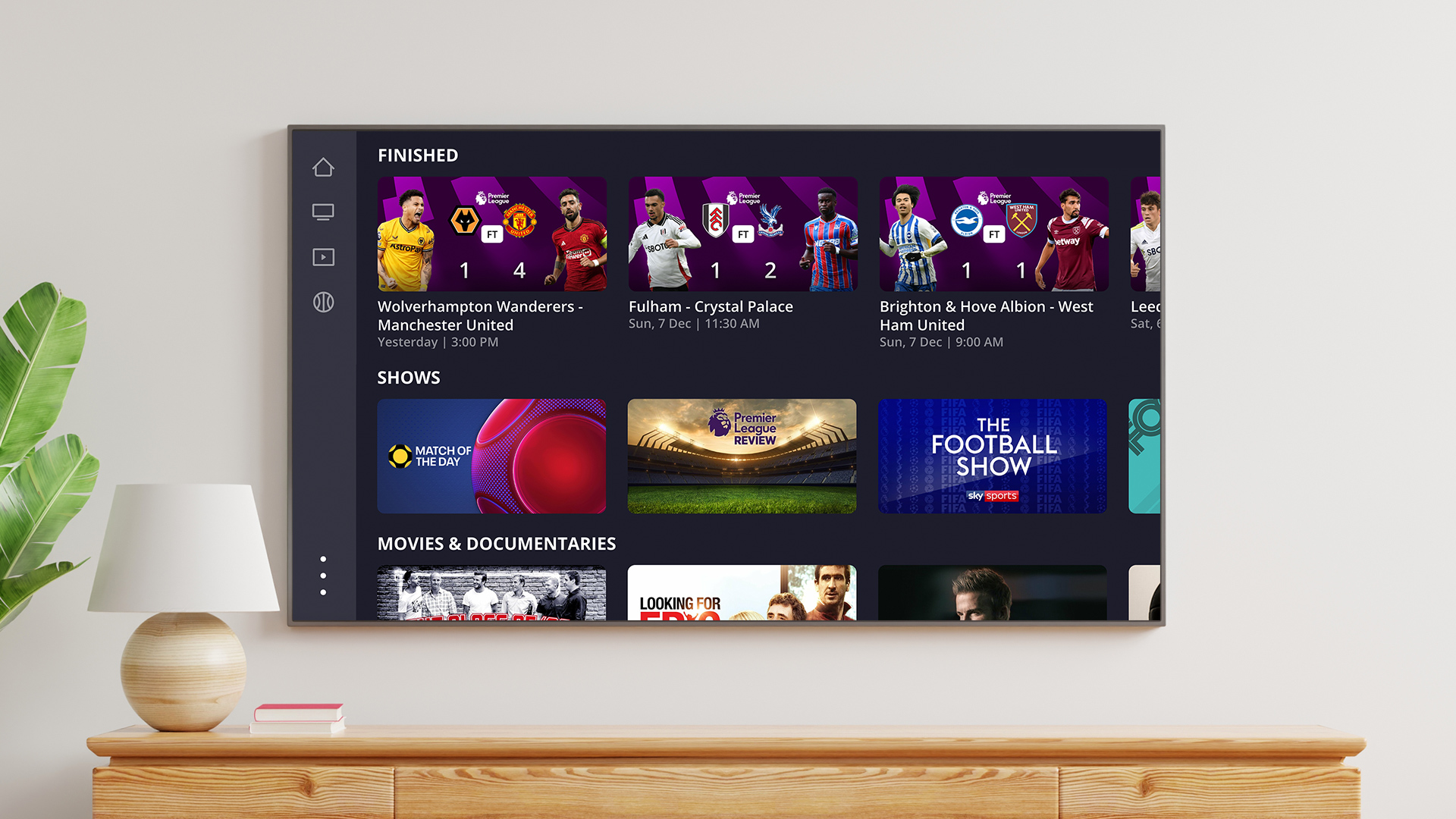Audiovisual Technology is the Bridge Between In-Person and At-Home Sports Experiences
The future of hybrid sports is dependent on cutting-edge audiovisual technology that elevates interactivity across television, streaming platforms, and social media

Sports broadcasters consistently deliver some of the most dynamic and technically challenging sporting events in the world. For sports where every serve, volley, and footfall carry precision and emotion, audio and video quality can make or break the at-home viewer’s connection to the game.
From capturing fast-paced gameplay and moving bodies to broadcasting electrifying moments on the big screen, all while streaming across different platforms, broadcasters have a lot on their plate. Delivering an equally immersive viewing experience to both on-site and remote viewers is more challenging than it appears.
Audiovisual solutions like audio, switchers, and cameras – including studio cameras, PTZ cameras, and camcorders – allow broadcasters to seamlessly deliver professional quality productions that bridge the in-person and remote experience.
PTZ Cameras Bring Sports to Life
Cameras are the eyes of a broadcast production. Without them, no one would be able to watch the live action unfold. Today’s cameras take this a step further, allowing viewers to not just follow along but see extremely vivid moments of emotion, physical endurance, and hard-fought wins.
Have you ever watched a ball hang in the air at the goal line, a puck ricochet off the post, or a player make a split-second move that changes the game? This is the type of content PTZ cameras were designed for. Their compact size enables them to be placed in small spaces to capture shots and angles that aren’t possible with operator-controlled cameras. PTZ cameras are also extremely durable, functioning well in challenging outdoor conditions like rain, high winds, extreme temperatures and even bright or dim lighting.
PTZ cameras are also equipped with auto tracking features that automatically follow a player or ball without an operator. This ensures smooth, consistent framing during fast action, which is crucial for sports where plays unfold quickly. PTZ cameras can also capture audio from an external microphone input or embedded audio over an IP-based network to capture unique sounds, like the crack of a bat, the swish of a net, or a coach shouting instructions from the sideline.
Bridging the Gap Between In-Venue and Living Room Experiences
After capturing vivid, behind the scenes content with advanced cameras, the content is delivered in real time on large LED screens in stadiums and small home TVs or computer screens globally. Broadcasters can slow down these clips for instant replays and slow-motion breakdowns from multiple angles.
The professional video industry's #1 source for news, trends and product and tech information. Sign up below.
This behind the scenes look at game play helps viewers from all locations feel engaged in what’s happening. Whether their favorite team is down a point or far surpassing the competition, it’s the little, often overlooked details that can instill excitement, nervousness, or happiness in a fan regardless of where they’re tuning in from.
Switchers are central to helping a remote audience feel like they’re watching a sporting event live from inside the venue. They also help in-venue fans experience moments they might have missed. Today’s switchers connect to cameras via high-bandwidth SDI, supporting 4K/60p video, or IP-based workflows like NDI or SMPTE 2110 for uncompressed video, audio, and data streams over a single network.
This allows an operator to switch between multiple camera feeds to deliver dynamic viewing angles of a game. Switchers also use overlays, keying, and compositing features to integrate live data feeds from scoring systems to allow viewers at home to stay informed on the latest scores and player performance metrics. These feeds can also be routed on large LED walls within a venue for a cohesive experience, regardless of where a viewer is watching.
The rise of centralized control rooms and remote production allows operators to manage events without being physically onsite. Take the Paris 2024 Olympic and Paralympic Games, for example. Broadcasters leveraged switchers for centralized control and operation of multiple venues from a single server.
This reduced the need for on-site staff, saving time and money without sacrificing video quality. As remote production continues to rise in popularity, we’ll see more benefits brought to sports broadcasting from faster deployment and scalability to more consistent production quality and enhanced storytelling.
Meeting Evolving Expectations of Sports Fans
Fans want to be entertained. Whether it’s a tied match or break in gameplay, broadcasters are constantly looking for ways to maintain viewers’ attention and exceed their expectations. The future of hybrid sports is dependent on cutting-edge audiovisual technology that elevates interactivity across television, streaming platforms, and social media.
The next time you’re tuning into a sporting event, consider how audiovisual technologies are blurring the lines between viewer experiences. Whether sitting in the stands or on the couch, real-time multi-angle views put fans at the heart of action to enable more personalized connections between them and the sports they love.
Caroline Niedzwiecki is Director of Sales for Panasonic Video and Audio Systems North America
